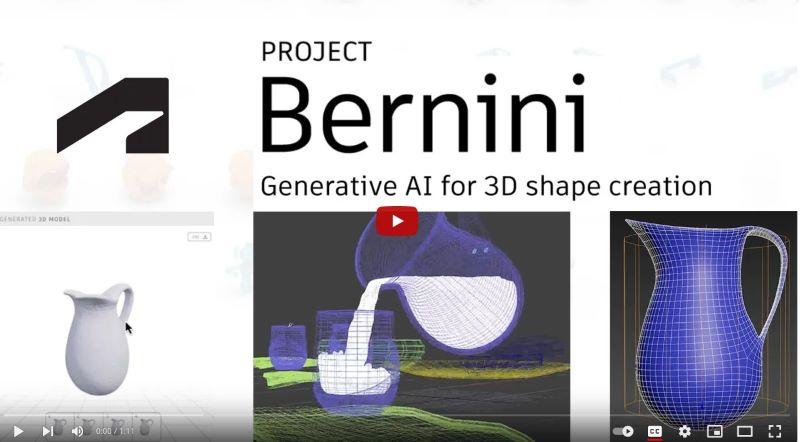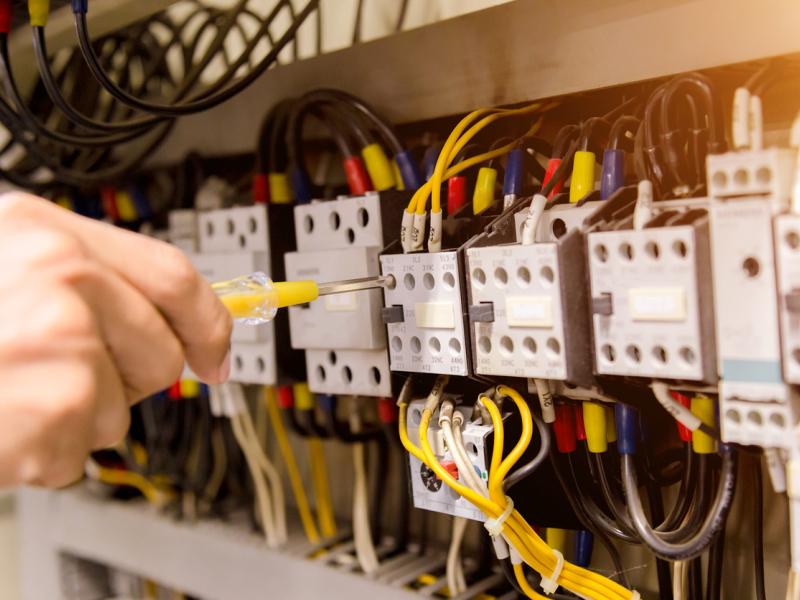Autodesk has announced Project Bernini, a research effort which brings to life the company’s first experimental generative AI model. The model is acutely geared to geometric precision and scale, and can rapidly generate multiple functional variations of a 3D shape from a given input.
For the Design and Make industries, accuracy and precision in 3D modelling is of the utmost importance. Whether it’s an architect, engineer, manufacturer or filmmaker, the geometric precision of digital designs is critical to the success of any final product.
The Bernini model has been created with this in mind. It is capable of quickly generating quality 3D shapes from a variety of inputs including a single 2D image, multiple 2D images that show different views of the same object, point clouds, voxels, and text.
If trained on buildings, the model could generate geometrically rigorous creative designs and inspire a new generation of buildings and architects.
If trained on car designs, it could assist in imagining an innovative new series of vehicles.
If trained on video game character models or fantasy environments, it could produce fascinating new creatures or virtual worlds.
Project Bernini was devised by the Autodesk AI Lab within Autodesk Research, which comprises a diverse team of scientists and specialists working on applying AI to aid in difficult tasks in design, manufacturing, architecture, engineering, and construction, as well as the creative processes in media and entertainment.
The model has been trained on ten million diverse 3D shapes – a composite dataset made up of publicly available data, a mixture of CAD objects and organic shapes. Research that contributed toward this work was published earlier this year by the AI Lab in collaboration with the Chinese University of Hong Kong.
While Project Bernini is already exciting and at the leading edge of generative AI, its models have the potential to quickly become even more compelling when trained on larger, higher-quality datasets and modalities.
Autodesk is working to create generative models that could be used for different use cases across architecture, product design, entertainment and more. The company is intently focused on generating functional 3D structures because the articles built or manufactured from the outputs of these models must work in the real world, serving the purpose the designer has in mind.
A simple example of this would be a water pitcher. Many other 3D generative models might produce shapes that look like a pitcher with textures that improve their superficial appearance in a very specific lighting environment. But the Bernini model generates shape and texture separately and does not confuse or meld those variables, as any real-world pitcher would need to do.
Autodesk is also applying a truly generative approach that produces several variants, giving a designer choice and contributing to their creative workflow. According to Autodesk’s 2024 State of Design & Make report, 78 per cent of business leaders believe AI will enhance their industry and 79 per cent agree that AI will make their industry more creative.
As the team works to refine this technology, Autodesk is actively engaging potential partners to further study and improve the performance of generative models for design and make.
Project Bernini is one piece of a comprehensive Autodesk AI strategy focused on delivering intelligent assistance and generative capabilities spanning the cross-industry product portfolio. Throughout this work, Autodesk is committed to building safety, transparency, and humanity into its AI development and use.
At this stage, Project Bernini is strictly experimental and is not available for public use.






